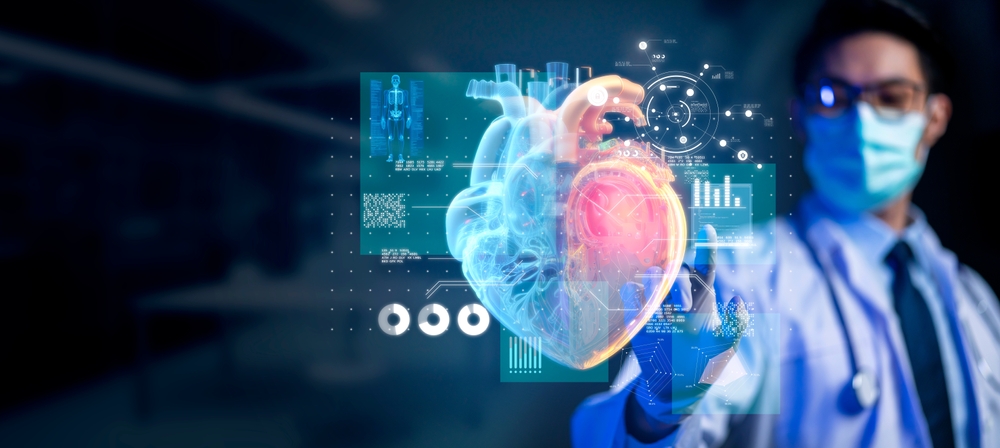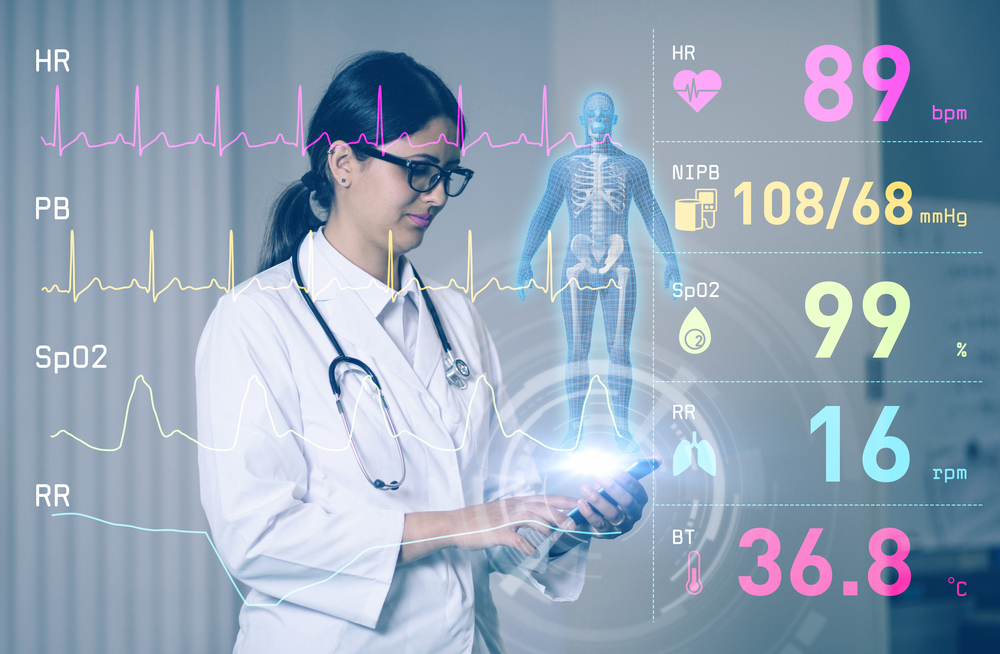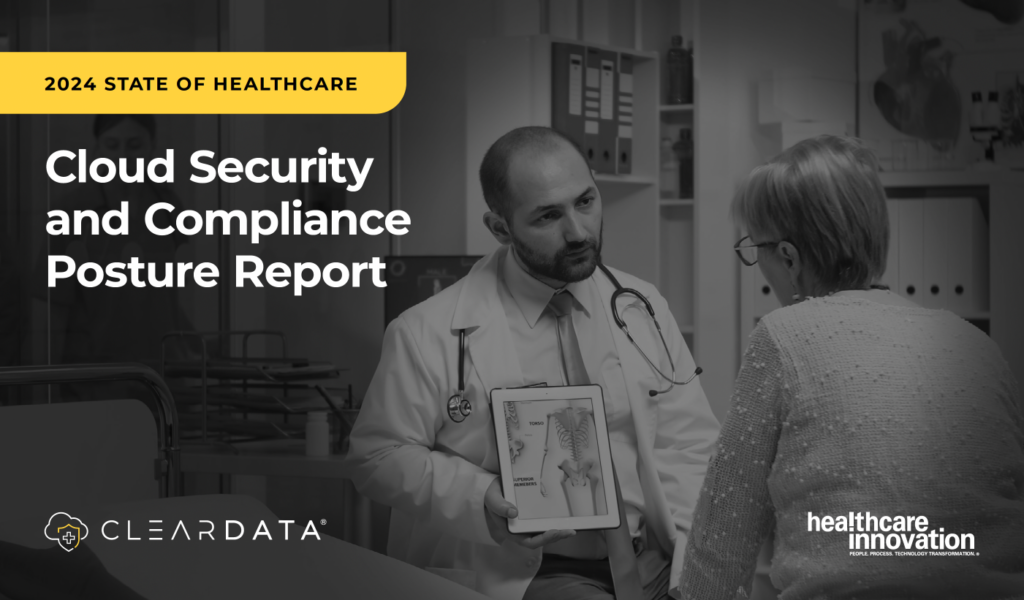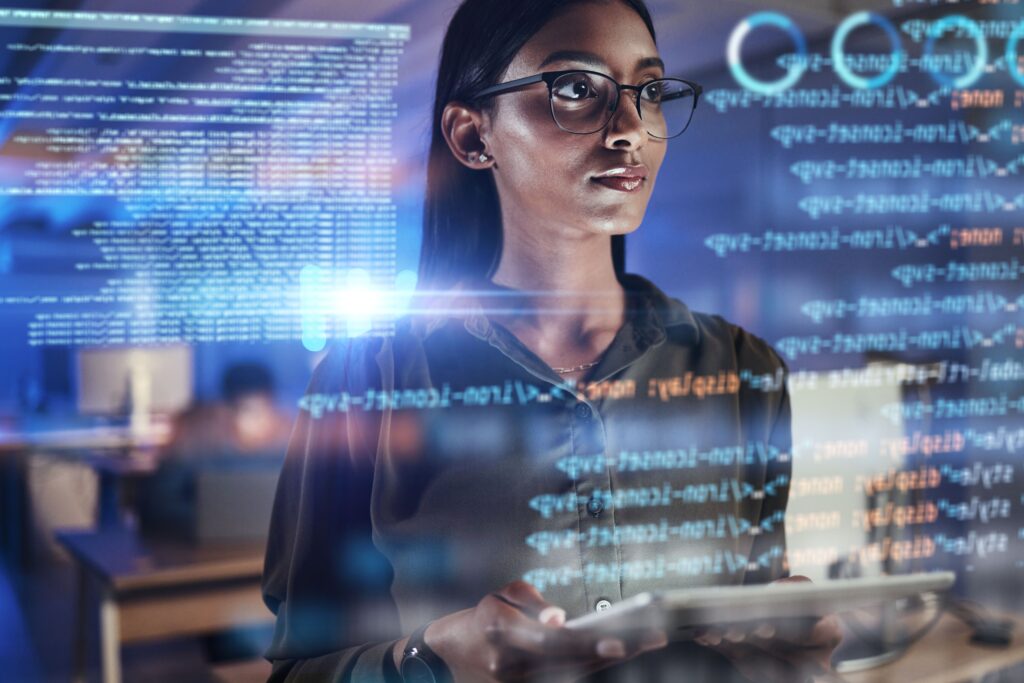Key Benefits of IoT and Cloud Computing in Healthcare
Healthcare thrives on vast amounts of data collected through a myriad of devices, online portals, and web applications. This trend toward digital connectivity promises immediate access to intelligent insights, revolutionizing patient care and decision-making processes. This data is invaluable, and when harnessed through a cloud-driven IoT ecosystem, it opens doors to a robust, fully integrated system built for predictive modeling and big data analytics.
The Internet of Things (IoT) refers to the network of interconnected devices that communicate and exchange data over the internet. These devices range from simple sensors to complex systems, creating a seamless flow of information that enhances decision-making processes and operational efficiency.

Benefits of IoT Technology in Healthcare
The technological advancements in healthcare information technologies (healthcare IT) have led to significant transformations in the healthcare sector. The global internet of medical things (IoMT), valued at USD 47.32 billion in 2023, is set for remarkable growth, projected to reach USD 60.03 billion in 2024 and grow to a USD 814.28 billion by 2032. Several factors and trends are driving significant growth in the IoMT market, with the increasing collaboration between key players and end-users, along with the introduction of innovative products, further accelerating this expansion.
These technologies and increased connectivity improve patient monitoring capabilities, enhance continuous data collection, and facilitate early detection of health issues. Let’s explore the specific benefits of IoT in healthcare.
Enhanced Patient Monitoring: IoT devices such as wearable health monitors provide continuous tracking of vital signs, allowing healthcare providers to monitor patients’ conditions in real-time and respond quickly to any changes.
Improved Treatment Adherence: Technologies like smart medication dispensers and smart inhalers help ensure that patients follow their prescribed treatment plans, reducing the risk of missed doses and improving overall health outcomes.
Better Communication: IoT enables seamless data sharing between patients and healthcare providers, facilitating more informed consultations and the development of personalized care plans.
Early Detection of Health Issues: Continuous monitoring and data analysis can identify potential health problems before they become serious, allowing for early interventions and preventing complications.
Personalized Care Plans: The data collected through IoT devices allows healthcare providers to tailor treatments and care plans to the individual needs of patients, enhancing the effectiveness of care.
Reduced Hospital Readmissions: By improving monitoring and adherence, IoT can help reduce the number of patients who need to be readmitted to the hospital, particularly for chronic conditions.
Overall Improved Patient Outcomes: The integration of IoT in healthcare leads to better disease management, fewer emergency visits, and enhanced quality of life for patients through more efficient and effective care.
Specific technologies and devices enabled by IoT and cloud technologies that once seemed impossible but are now essential elements in healthcare include
- Telemedicine and remote patient monitoring
- Wearable health devices (e.g., fitness trackers, smartwatches)
- Smart medical equipment (e.g., connected MRI machines)
- Big data analytics for health insights
- Artificial intelligence for predictive healthcare
- Smart hospital systems (e.g., automated patient flow management)
- Digital medication management systems
- Virtual reality for medical training and therapy
- Automated inventory management for medical supplies
Consider electronic health records (EHR), a staple in healthcare data management along patient-generated health data (PGHD) from wearables and sensors. This data will continue to generate massive amounts of data feeding into cloud-based IoT healthcare platforms. Healthcare providers, once burdened by the demands manual EHR data entry, can now envision themselves as navigators guiding patients through the data cloud. By combining their expertise with advanced algorithms, they can elevate precision medicine to the forefront.
By facilitating and embracing a transition to IoT technology, healthcare organizations can invest in training programs for staff, ensuring their well-equipped to interpret and incorporate the new technology in their everyday functions, enabling a more efficient and effective healthcare system.

Embracing IoT in Healthcare: Addressing Potential Risk
While IoT and cloud computing bring transformative potential to healthcare, they can also present potential challenges that must be navigated with caution. The integration of countless devices collecting sensitive patient data increases the risk of privacy breaches and data theft. As these devices communicate over interconnected networks, they can become vulnerable to cyberattacks, which could compromise patient information and disrupt healthcare services. Furthermore, the complexity of managing such vast amounts of data can lead to inefficiencies if not properly addressed, impacting both patient care and operational workflows.
Despite these challenges healthcare organizations should prioritize implementing robust security frameworks to safeguard data and ensure patient privacy. Encryption, secure authentication, and real-time monitoring systems are essential to protect against unauthorized access and potential breaches. Additionally, all organizations should prioritize fostering a culture of continuous innovation, security, and innovation to stay abreast of technological advancements and best practices.
Prioritizing Agility and Innovation for A Connected Healthcare Future
Healthcare infrastructure often blends cutting-edge tools with traditional architectures, hindering the rapid deployment of big data solutions. However, organizations can streamline operations and enhance interoperability by adopting cloud-based IoT healthcare platforms. This approach allows data to flow seamlessly across systems, enabling more informed decision-making.
To fully capitalize on IoT healthcare innovation, healthcare organizations and providers should prioritize data standardization and implement robust healthcare IoT security measures. These actions not only create a cohesive data environment that supports patient-centric care, but it also requires a commitment to ongoing innovation and willingness to adapt to technological advancements.
FAQ
How does cloud computing support IoT in healthcare?
Cloud computing enhances IoT in healthcare by providing scalable data storage, powerful processing capabilities, and real-time analytics. It accommodates the vast amount of data generated by IoT devices, such as patient vitals and diagnostics, offering a seamless infrastructure for data management. Cloud platforms facilitate the transformation of raw data into actionable insights through advanced computational resources, enabling healthcare professionals to make informed decisions quickly. This integration allows continuous monitoring and analysis, essential for timely interventions and improved patient care.
What are the benefits of integrating IoT with healthcare cloud services?
Integrating IoT with healthcare cloud services offers improved patient outcomes through improved medication adherence, enhanced operational efficiency, and increased data accessibility. Real-time monitoring from IoT devices enables proactive and personalized care, leading to early diagnoses and timely treatments.
How can healthcare organizations ensure the security of IoT devices in the cloud?
To secure IoT devices in the cloud, healthcare organizations should implement encryption to protect data in transit and at rest, ensuring it remains unreadable to unauthorized parties. Stringent access controls, enforced stringent access controls, including multifactor authentication and role-based permissions, restrict data access.
Ready to augment your healthcare cybersecurity expertise?



